This entry includes a walking tour! Take the tour.
Introduction
Text-to-speech Audio
Images
John Nuttall, founder of Nuttallburg.
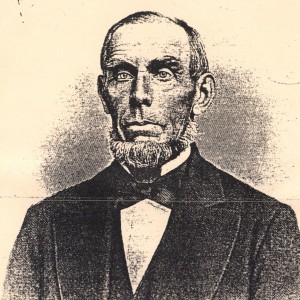
Nuttallburg in ca. 1900. The original wood coal conveyor is visible in this photo.
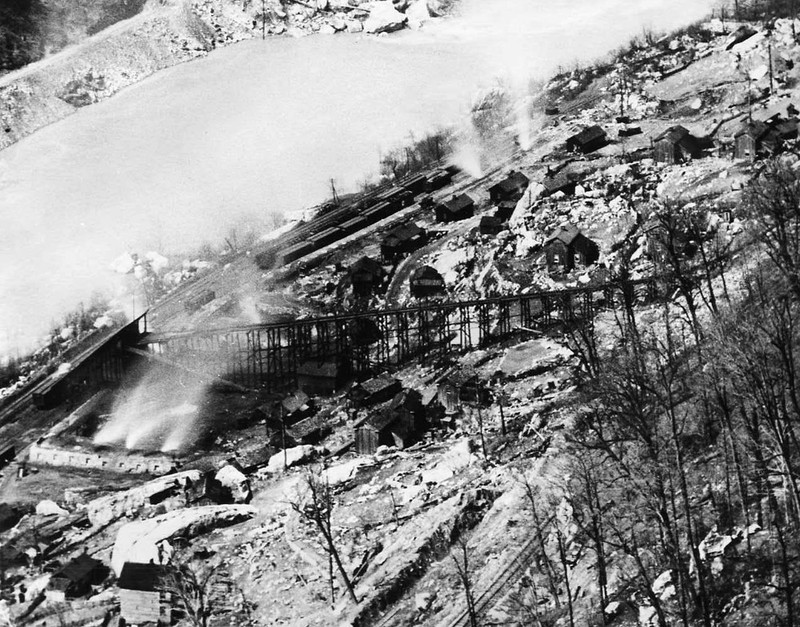
View of Nuttallburg in the early twentieth century.
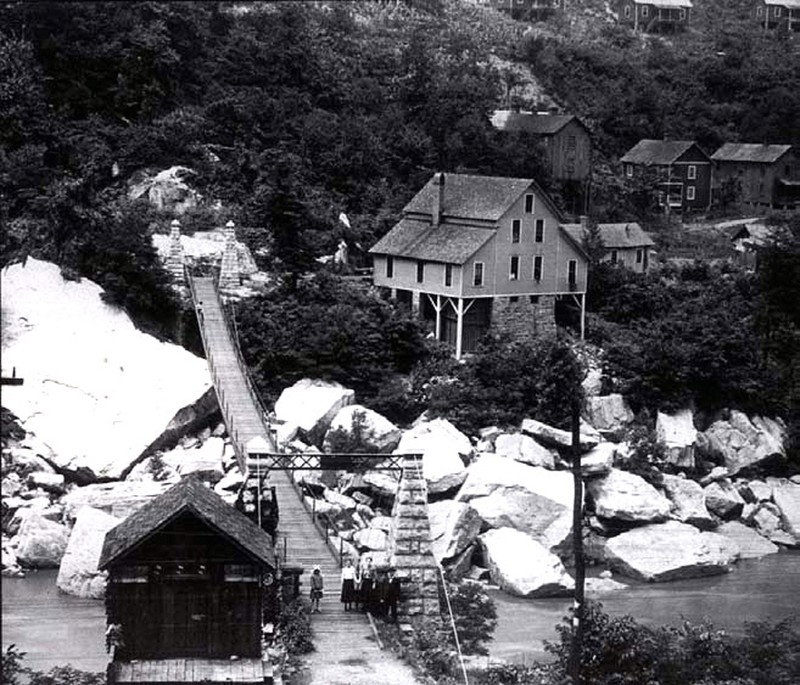
The new conveyor and tipple were constructed during Henry Ford’s ownership of the mine. Picture from 1927.
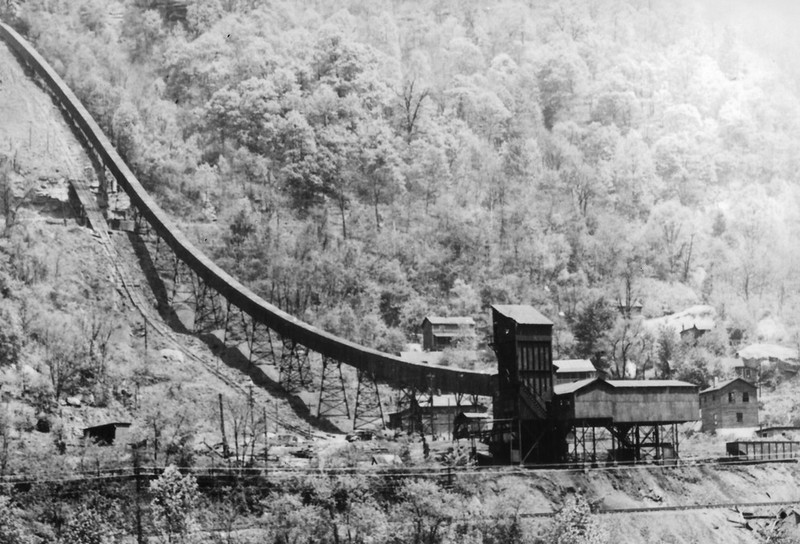
Fordson Coal Company.
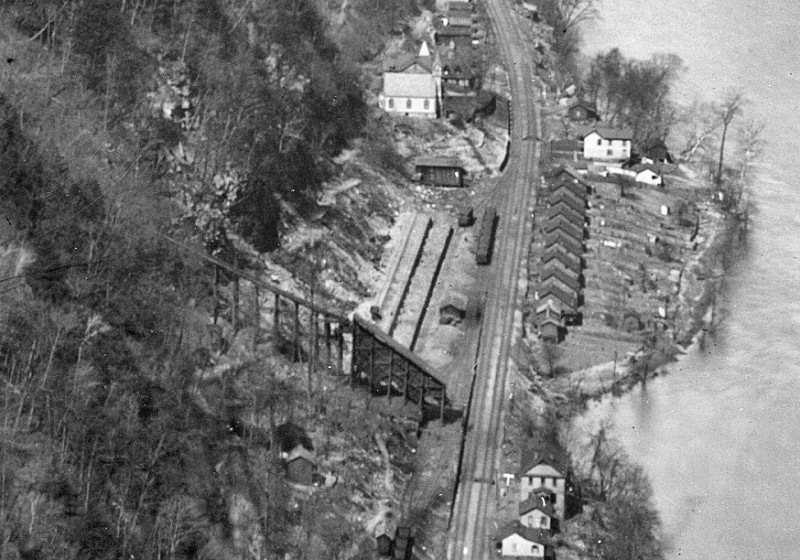
A coal car and the entrance to the mine, which has been closed off for many years and is presumed to be collapsed.
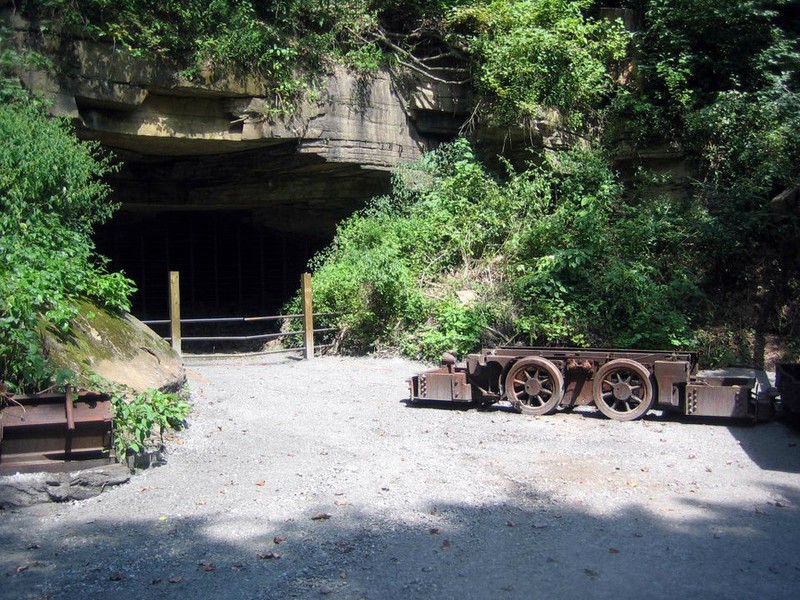
Some extant coke ovens.
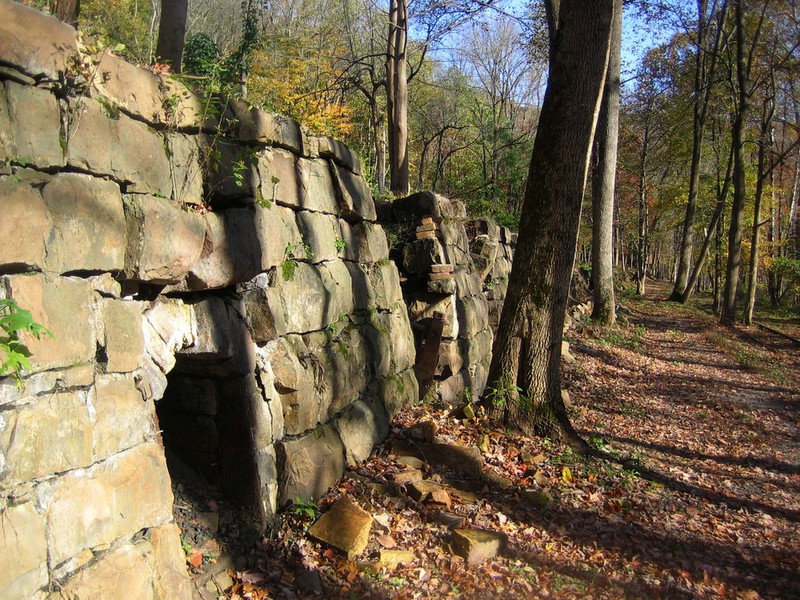
The coal conveyor is long past its glory days but is still structurally sound.
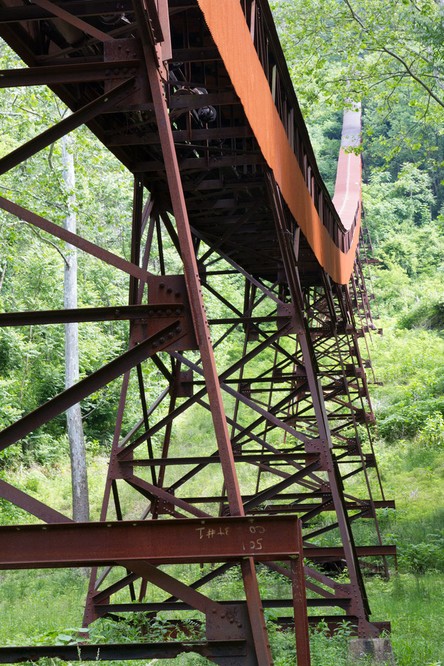
The tipple at the bottom of the hill.
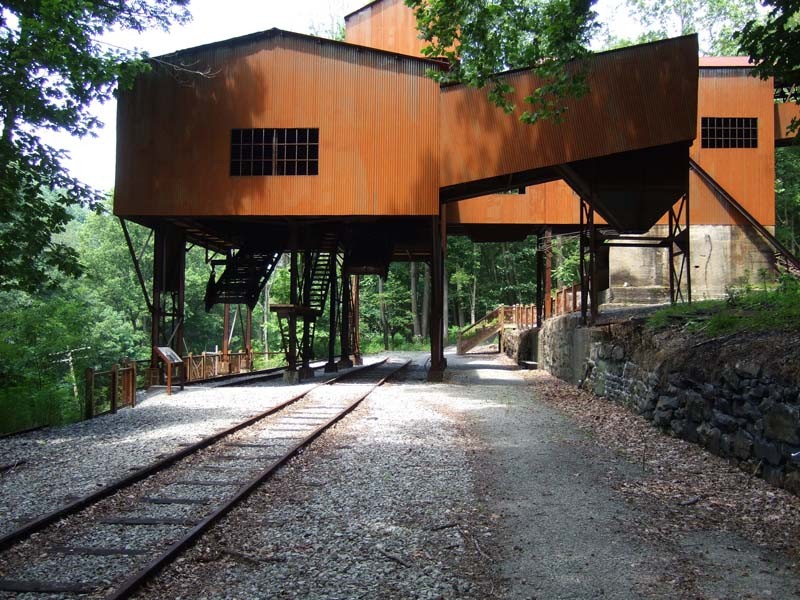
Backstory and Context
Text-to-speech Audio
In 1870, English businessman John Nuttall decided to invest in the coal-rich area of the New River Gorge. In 1873 he and his family founded the town of Nuttallburg on several hundred acres purchased for $1 apiece. Nuttall’s decision displayed a great amount of prescience, as the Chesapeake and Ohio (C & O) Railway was not yet completed when Nuttallburg was founded. By the time the train began running through the area in 1873, Nuttallburg was already producing coal at maximum capacity. Nuttallburg’s head start on other coal settlements pushed it to the forefront of the burgeoning coal mining business and the town expanded rapidly in the late nineteenth century. When John Nuttall died in 1897, the Nuttall family owned thousands of acres of land, operated profitable coal mines, and provided a source of employment for hundreds of mine workers and their families.
The main entrance to Nuttallburg’s mine sat high on the mountain above the town itself. Coal was loaded onto conveyor belts in the mine and transported to the entrance, where a large head house and conveyor waited. The conveyor was made of wood and used to move coal from the top of the mountain to the bottom, where eighty coke ovens awaited. Coal was shoveled into the coke ovens and converted into high carbon coke which produced relatively little smoke and was powerful enough to power the pig-iron blast furnaces used in industrial centers throughout the eastern United States. After the coal was converted into coke, it was weighed, inspected, and prepared for shipment. Nuttallburg coal developed a reputation for the quality of its coke, which it transported using the adjacent C & O railroad.
The Nuttall family decided to sell the mine in 1919. This was not a surprise to anyone in the area, as mines were typically profitable for only thirty years. The discontinuation of coke production in 1919 seemed to be the final nail in the coffin for Nuttallburg. Many residents prepared for the land to be bought solely for its real estate or timber value, and the general atmosphere was one of decline. However, a buyer was found in the early 1920s who wanted to continue to mine coal at the site. Henry Ford, owner of the Ford Motor Company, had been pursuing his business goal of vertical integration, a practice whereby a company controls all aspects of production, from raw materials to finished product. By purchasing coal mines such as Nuttallburg, Ford wished to control the coal supply for his steel mills. Ford visited Nuttallburg in person in 1921. In addition to touring the site, he also entertained suggestions from locals for improving productivity. Sweeping changes in the early 1920s set out to implement the suggestions from locals, as well as Ford’s own ideas.
Improvements to Nuttallburg were primarily focused on making coal production as efficient as possible. A new tipple was built in 1923 by the Roberts & Schaefer Company of Chicago and allowed up to three train cars to be filled simultaneously. A conveyor belt constructed by Fairmont Mining Machinery Company of Fairmont, WV, was completed in 1926. Together, the tipple and conveyor belt were the largest mining incline in the world. The headhouse, where carts of coal were inspected and weighed, was also rebuilt in 1926. Ford’s improvements more than doubled the production of the mine. For a brief period in the mid 1920s, Nuttallburg once again experienced explosive population growth. At its peak, the town was home to several hundred residents, all of whom were associated with the mine in one way or another.
Despite the extensive improvements made, Ford’s ownership of the Nuttallburg mine was short-lived. The automobile tycoon sold the mine to Maryland New River Coal Company in 1928. This was largely due to Ford’s failure to actualize vertical integration. Vertical integration was unsuccessful because Ford could not control the railroads. He was unable to purchase the C & O railway, which had economically eclipsed the Ford Motor Company, and even acquiring a controlling share in the company was unrealistic. Ford sold the Nuttallburg mine in 1928. The property then passed through the hands of different owners until mining ceased in 1958. In 1998 the Nuttall family transferred ownership of Nuttallburg to the National Park Service. In 2005, the site was listed on the National Register of Historic Places, mostly due to Henry Ford’s role in the production of the town. In 2011 the National Park Service completed a multi-year project that involved clearing vegetation and stabilizing structures. Today it is considered one of the most intact examples of a coal mining complex in West Virginia and one of the most complete coal-related industrial sites in the United States.
Sources
Minsky, Gin. West Virginia Ghost Towns (Part 1): Nuttallburg, Minsky's Abandoned. July 30th 2015. Accessed May 3rd 2021. https://minskysabandoned.com/2015/07/30/west-virginia-ghost-towns-part-1-nuttallburg/.
Nuttallburg, Coal Camp USA. Accessed May 3rd 2021. http://www.coalcampusa.com/sowv/river/nuttalburg/nuttalburg.htm.
Nuttallburg, National Park Service. July 13th 2020. Accessed May 3rd 2021. https://www.nps.gov/neri/learn/historyculture/nuttallburg.htm.
Nuttallburg Visitor Use Area Implementation Plan/Environmental Assessment , National Park Service. January 1st 2011. Accessed May 3rd 2021. http://nuttallfamilywv.com/wp-content/uploads/2013/02/CD-Nuttallburg-IP-EA-November-2008.pdf.
Nuttall, John. Nuttallburg, The Descendants of John Nuttall – Living History in the New River Gorge. Accessed May 3rd 2021. http://nuttallfamilywv.com/wp-content/uploads/2013/04/The-Life-of-John-Nuttall.pdf.
Trotter, William Joe. Jr. Coal, Class, and Color: Blacks in Southern West Virginia, 1915-32. Chicago: University of Illinois Press, 1990.
Walsh, Rita. Nuttallburg Coal Mining Complex and Town Historic District, National Register of Historic Places. May 1st 2005. Accessed May 3rd 2021. http://www.wvculture.org/shpo/nr/pdf/fayette/07000846.pdf.
The Descendants of John Nuttall. Accessed May 3rd 2021. http://nuttallfamilywv.com/about/.
“Nuttallburg Circa 1900.” Circa 1900. National Park Service. Accessed May 3rd 2021. https://www.nps.gov/media/photo/gallery-item.htm?pg=0&id=AF337CBC-155D-451F-6701429B378C8C90&gid=ADA965A6-155D-451F-67A29A5F31516A30.
“Connected Communities.” National Park Service. Accessed May 3rd 2021. https://www.nps.gov/media/photo/gallery-item.htm?pg=0&id=ADF9746B-155D-451F-6799631FE9ED9AAA&gid=ADA965A6-155D-451F-67A29A5F31516A30.
“Tipple and Coal Conveyor.” 1927. National Park Service. Accessed May 3rd 2021. https://www.nps.gov/media/photo/gallery-item.htm?pg=0&id=ADD6FDCD-155D-451F-675FF46E051F87CE&gid=ADA965A6-155D-451F-67A29A5F31516A30.
“Coal Car and Mine Entrance.” National Park Service. Accessed May 3rd 2021. https://www.nps.gov/media/photo/gallery-item.htm?pg=0&id=638E341C-155D-451F-67FE6C275A82FB98&gid=62E8C185-155D-451F-6713730DE9FEE7D1.
“Coke Ovens.” National Park Service. Accessed May 3rd 2021. https://www.nps.gov/media/photo/gallery-item.htm?pg=0&id=13BE0327-155D-451F-671C8C3196F9EDCA&gid=62E8C185-155D-451F-6713730DE9FEE7D1.
“Coal Conveyor.” National Park Service. Accessed May 3rd 2021. https://www.nps.gov/media/photo/gallery-item.htm?pg=0&id=6363D76A-155D-451F-67269FD79873FC0A&gid=62E8C185-155D-451F-6713730DE9FEE7D1.
